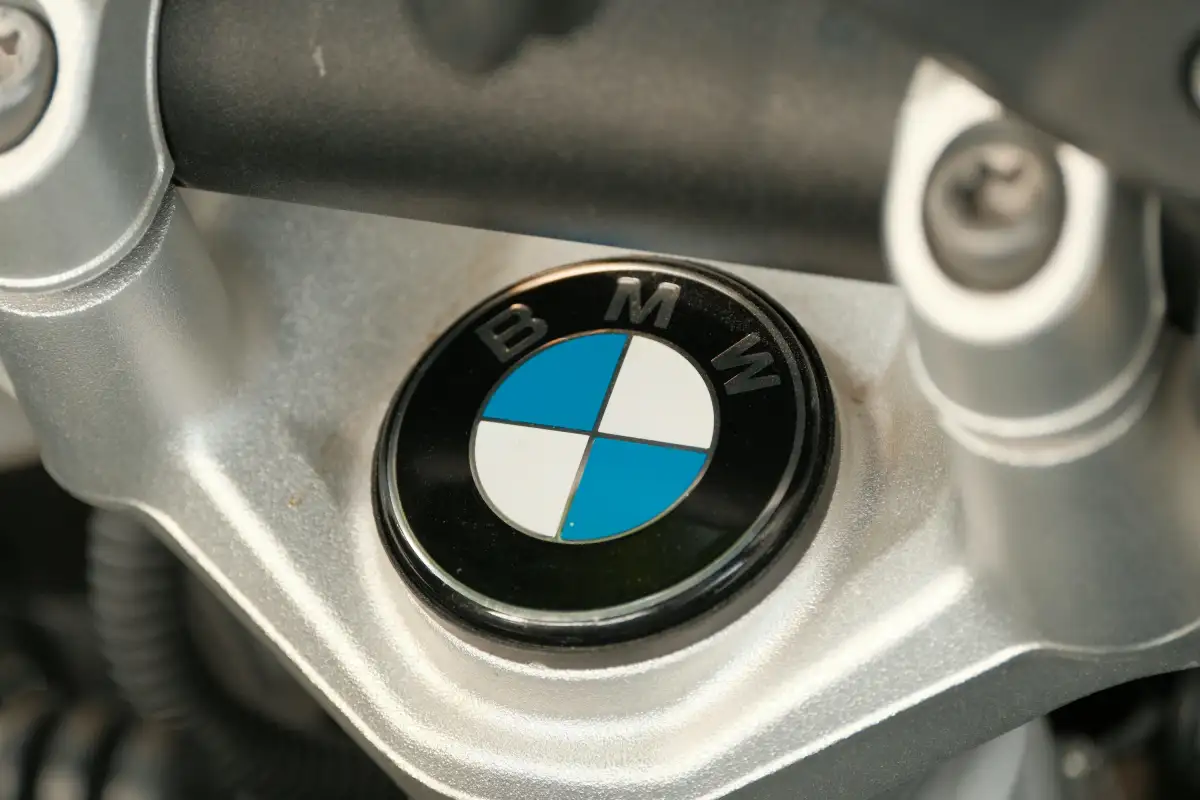- What is a Front Oil Sensor?
- Why Your Car's Oil Sensor Matters
- Common Signs of a Failing Front Oil Sensor
- What to Do If Your Oil Sensor Fails
- FAQ
Your car's front oil sensor is a small but vital component that ensures the health of your engine. This critical device tracks oil pressure, alerts you to issues, and helps prevent costly engine damage. Understanding what it does and recognizing when there might be a problem is key to keeping your vehicle in top condition.
What is a Front Oil Sensor?
The front oil sensor, also known as an oil pressure sensor, is located at the front of your car's engine. Its role is to monitor oil pressure and notify the driver if the pressure fluctuates outside of the normal range. It acts as a guard, alerting you to potential risks before more severe engine damage can occur.
Key Functions of the Front Oil Sensor
Oil Pressure Monitoring: It constantly checks the engine’s oil pressure to ensure it is at an optimal level.
Warning Alerts: If the oil pressure becomes too low or too high, the sensor triggers a warning light on your dashboard.
Protecting the Engine: Proper oil pressure is essential for lubricating engine components. Without it, parts may wear out or get damaged.
Integration with Vehicle Systems: In many modern cars, the oil sensor works with the onboard computer to provide accurate information about the engine's condition.
In most vehicles, a light shaped like an oil can will appear on the dashboard if the sensor detects an issue, giving you a clear indication that your attention is needed.
Why Your Car's Oil Sensor Matters
The front oil sensor plays a critical role in maintaining your car's engine health. Ignoring this component can result in severe consequences. Here are some of the reasons why it is so important:
Prevention of Engine Wear: Low oil pressure can lead to insufficient lubrication, causing increased friction and damage to engine components.
Early Detection of Problems: Issues such as a failing oil pump or a clogged oil filter can be identified promptly thanks to the sensor.
Avoiding Costly Repairs: By addressing oil pressure problems early, you can prevent major engine damage that would require expensive repairs.
Ensuring Safety: A malfunctioning engine can lead to vehicle breakdowns, putting both you and others on the road at risk.
Modern cars are equipped with advanced systems that can display alerts on your dashboard when the oil sensor detects a problem. This gives you the opportunity to take timely action.
Common Signs of a Failing Front Oil Sensor
Like any other component, the front oil sensor can wear out or malfunction over time. Here are some of the most common symptoms to watch out for:
Oil Pressure Warning Light:
The warning light stays on even when your oil levels are adequate.
The light appears intermittently, turning on and off without explanation.
The light may sometimes be accompanied by other alerts, such as the check engine light.
Erratic Oil Pressure Readings:
You might notice fluctuating oil pressure levels on your dashboard gauge.
These readings may not match with the actual performance of your vehicle.
Engine Noises:
Unusual noises, such as grinding or ticking, coming from the engine.
These sounds may be a result of improper lubrication due to incorrect oil pressure readings.
Oil Leaks:
Visible oil leaks near the sensor or around the front of the engine.
Leaks can cause a drop in oil pressure, which the sensor might fail to detect accurately if it’s damaged.
Starting Problems in Cold Weather:
Difficulty in starting the engine, especially during colder temperatures, might indicate a fault in the oil sensor or related systems.
Recognizing these signs early can save you from more significant mechanical issues and ensure the longevity of your vehicle.
What to Do If Your Oil Sensor Fails
If you suspect that your front oil sensor is failing, it’s important to address the issue promptly. Here’s how you can deal with it:
Check the Basics:
Start by verifying your oil levels using the dipstick.
Ensure that the oil type and consistency match the manufacturer’s recommendations.
Diagnose the Problem:
Use an OBD-II scanner to check for error codes related to the oil sensor.
These codes can help you identify whether the problem lies with the sensor, the wiring, or another component.
Replace the Sensor:
If the sensor is confirmed to be faulty, replace it with a new one that matches your car’s make and model.
Always opt for genuine parts to ensure compatibility and reliability.
Consult a Professional:
If you’re unsure about diagnosing or replacing the sensor yourself, it’s best to take your vehicle to a certified mechanic.
Professionals have the tools and expertise to perform accurate diagnostics and repairs.
Neglecting a faulty oil sensor or attempting incorrect fixes can lead to further complications and higher repair costs in the long run.
FAQ
Can I drive my car with a bad oil sensor?
Technically, you can drive your car, but it’s not recommended. A faulty oil sensor may fail to alert you to real oil pressure problems, increasing the risk of engine damage. It’s best to replace the sensor as soon as possible.
How do I test my front oil sensor?
Testing the sensor involves using a mechanic’s pressure gauge tool to measure actual oil pressure and compare it to the readings provided by the sensor. While you can check warning lights during engine warm-up at home, professional diagnostics are more accurate and reliable.
How much does it cost to replace a front oil sensor?
The cost of replacement varies depending on your car model and the complexity of the job. It typically includes both the sensor cost and labor charges. Get multiple quotes to find the best deal, and expect prices in the range of 200-600 AED/SAR for standard vehicles.
Can a bad oil sensor affect car performance?
While the sensor itself doesn’t directly impact driving performance, it can lead to undetected oil pressure issues. This can cause reduced lubrication and overheating, ultimately affecting engine health and performance.
By staying informed about your car’s front oil sensor, you can ensure the smooth and safe operation of your vehicle. Pay attention to any warning signs, and address issues promptly to avoid major repairs down the road.
Read More:













